'Exceptional' mammoth graveyard discovered near Swindon
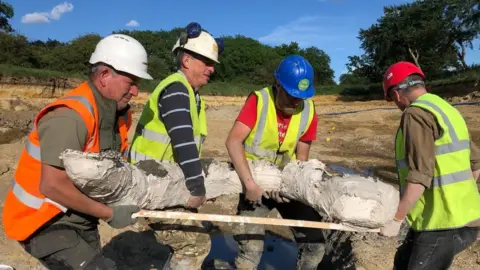 DigVentures
DigVentures Experts who unearthed a 200,000-year-old mammoth graveyard say it is "one of Britain's biggest Ice Age discoveries in recent years".
Archaeologists found the remains of five animals, including two adults, two juveniles, and an infant, at a quarry near Swindon.
The dig began after two keen fossil hunters spotted a Neanderthal hand axe.
Officials from archaelogical organisation DigVentures said that what they went on to find was "exceptional".
The remains belong to a species of Steppe mammoth, an ancestor of the Woolly mammoth.
Close to the mammoth remains, the team also found a number of stone tools made by Neanderthals.
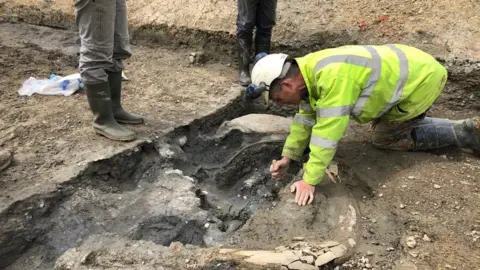 DigVentures
DigVentures DigVentures began the excavations after being alerted to the site by Sally and Neville Hollingworth, from Swindon.
Ms Hollingworth said: "We were originally hoping to find marine fossils, and finding something so significant instead has been a real thrill.
"Even better than that is seeing it turn into a major archaeological excavation
"We couldn't be more pleased that something we've discovered will be learned from and enjoyed by so many people."
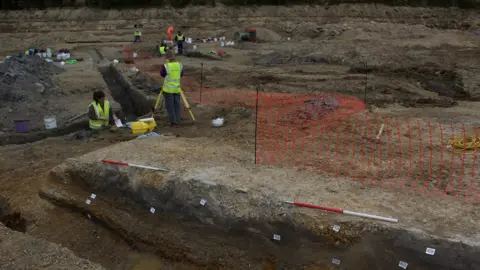 DigVentures
DigVentures Lisa Westcott Wilkins from DigVentures said: "Finding mammoth bones is always extraordinary, but finding ones that are so old and well preserved, and in such close proximity to Neanderthal stone tools is exceptional."
Other discoveries at the site include delicate beetle wings and fragile freshwater snail shells as well as stone tools.
Research is ongoing to understand why so many mammoths were found in one place, and whether they were hunted or scavenged by Neanderthals.
 DigVentures
DigVentures Duncan Wilson, chief Executive of Historic England, said: "This represents one of Britain's most significant Ice Age discoveries in recent years.
"The findings have enormous value for understanding the human occupation of Britain, and the delicate environmental evidence recovered will also help us understand it in the context of past climate change."
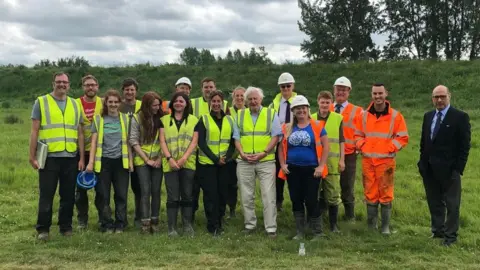 DigVentures
DigVentures It is believed the site dates back to between 210,000 to 220,000 years ago.
With sites from this period rarely so well-preserved, it is thought these new discoveries will help archaeologists, palaeontologists, and palaeoenvironmental scientists address big questions about Neanderthals, mammoths, and the impact of a rapidly changing climate on life in Ice Age Britain.
The discovery will be featured in a new BBC One documentary Attenborough and the Mammoth Graveyard which will be broadcast on 30 December.
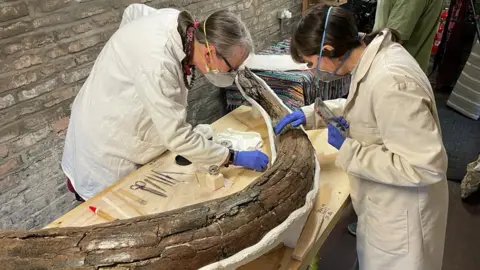 DigVentures
DigVentures 
Follow BBC West on Facebook, Twitter and Instagram. Send your story ideas to: [email protected]
